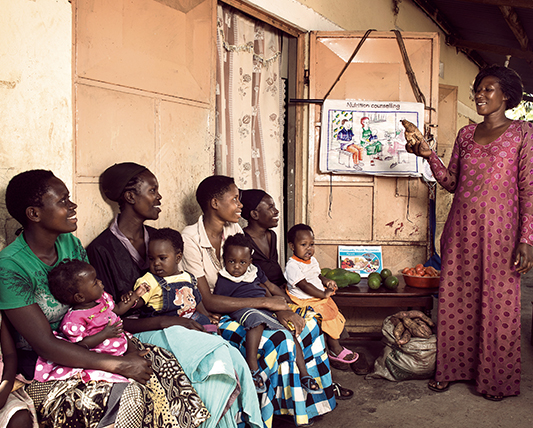Violence against women and girls (VAWG) is exacerbated in humanitarian emergencies due to a variety of factors, including:
- The breakdown of social structures,
- A lack of law enforcement,
- The loss of livelihood opportunities for men and women, and
- The normalisation of more extreme forms of violence.
While the risk of conflict-related sexual violence (CRSV) has attracted global outrage, this is only one of many forms of violence women and girls are vulnerable to in humanitarian emergencies. Other forms of VAWG intensify during conflicts and emergencies, including trafficking, sexual exploitation, abuse, and harassment (SEAH), and child marriage. However, as in non-humanitarian settings, research shows that intimate partner violence (IPV) remains the most common form of abuse that women suffer, even during humanitarian emergencies.
Response to VAWG is increasingly integrated among relief efforts in humanitarian emergencies. Yet, prevention programming is often short-term, allocated limited funding, and does not address the root causes of VAWG. Prevention programming in humanitarian settings often faces unique challenges (i.e. population movements, high level of surveillance), yet is critical given the scale of violence in these settings. Comprehensive prevention programming in humanitarian settings can help ensure longer-term safety and empowerment of women and girls and leverage social upheaval that often unfolds in emergencies to achieve change.
“WOMEN AND GIRLS EMPOWERMENT IS A FOUNDATIONAL APPROACH THAT IS ESSENTIAL TO ALL VAWG PROGRAMMING IN EMERGENCIES. IT IS FUNDAMENTAL TO ALL HUMANITARIAN PREVENTION EFFORTS AND THEREFORE, A NECESSARY BUILDING BLOCK FOR ALL OTHER PREVENTION APPROACHES.”
IRC 2019
Violence prevention approaches that have been proven to decrease VAWG in non-conflict settings are increasingly being successfully adapted to conflict and humanitarian settings. Programming needs vary depending on the context and particular drivers of VAWG in the setting (i.e. the need to incorporate livelihood activities or efforts to manage trauma and improve mental health), and the phase of the crisis (i.e. pre-conflict, active conflict, or post-conflict).
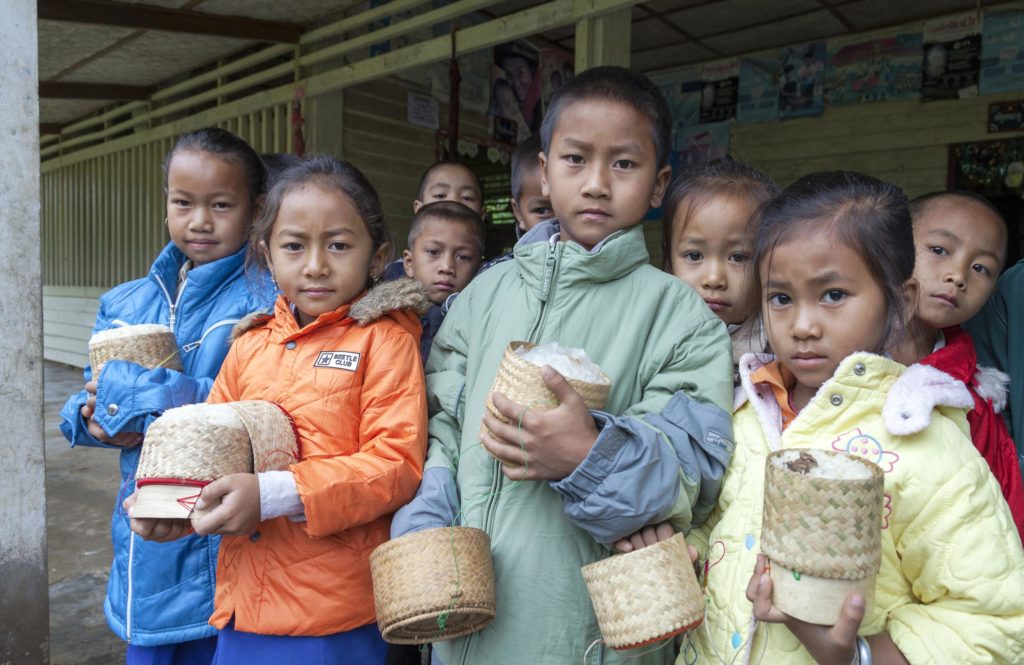
Humanitarian-specific recommendations for gender-transformative parenting programming: lessons from the field to address gender-based violence

A Window of Hope: A Synthesis Review of the UN Trust Fund’s Special Window on ending Violence against Women & Girls who are Refugees and/or forcibly displaced
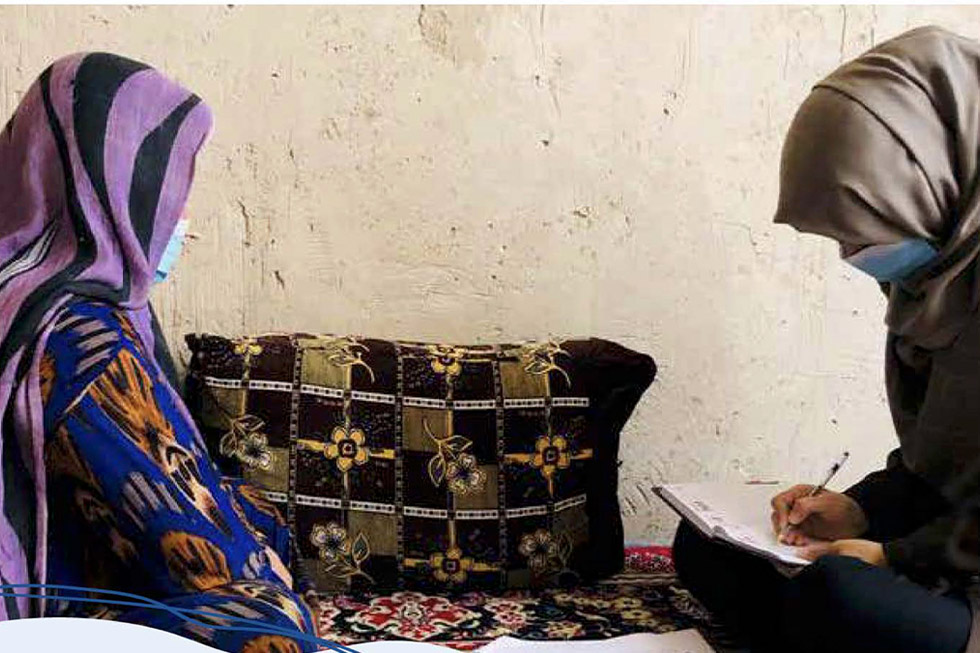
Finding Ways and Means to Deliver Gender-Based Violence Programming in Hostile Environments
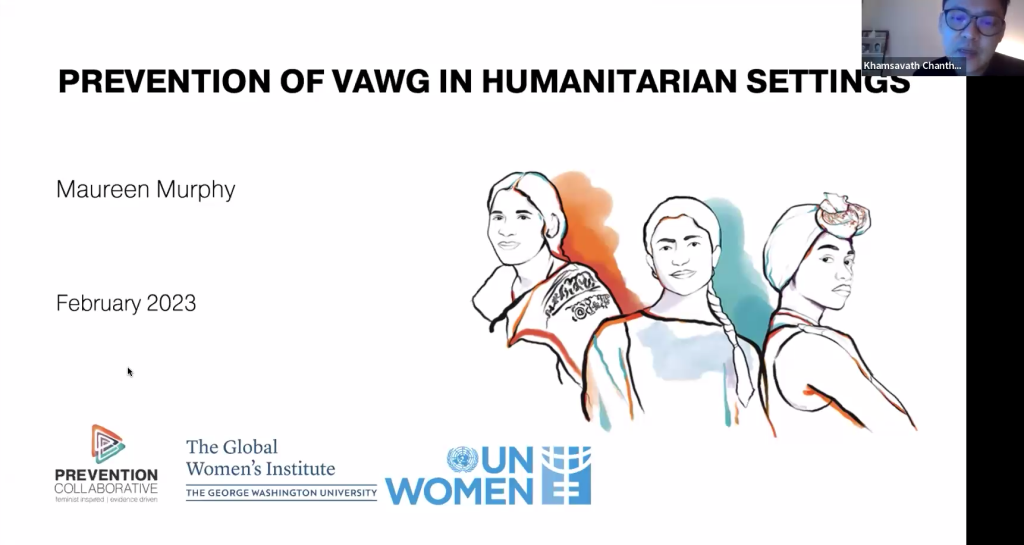
Prevention of Violence Against Women and Girls in Humanitarian Settings
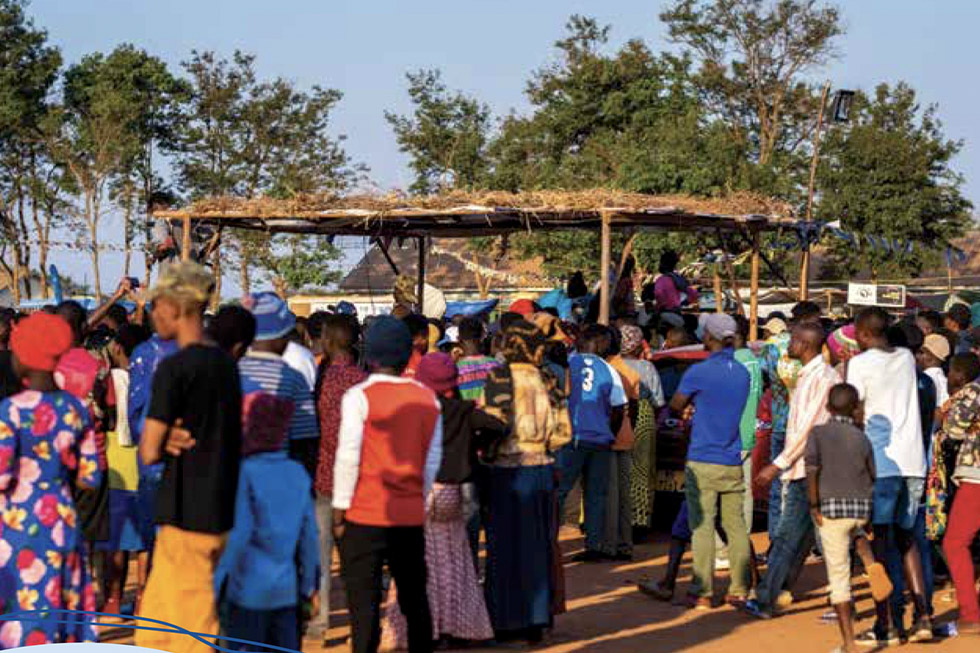
Evidence for Action: What Works to Prevent Conflict-Related Sexual Violence.
